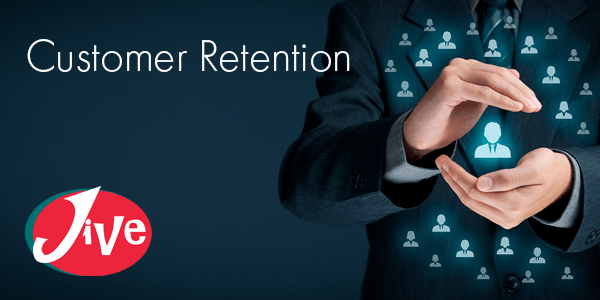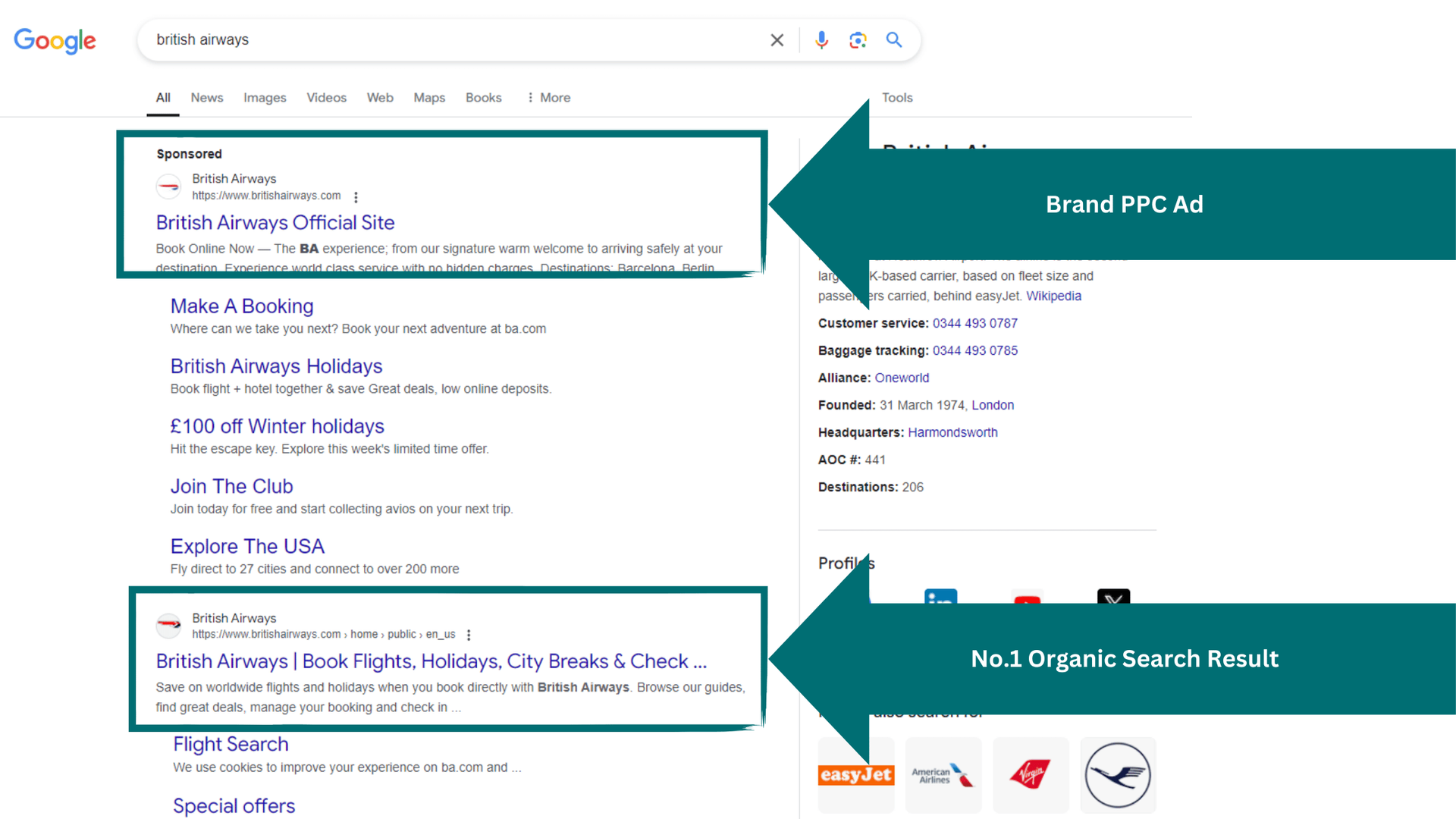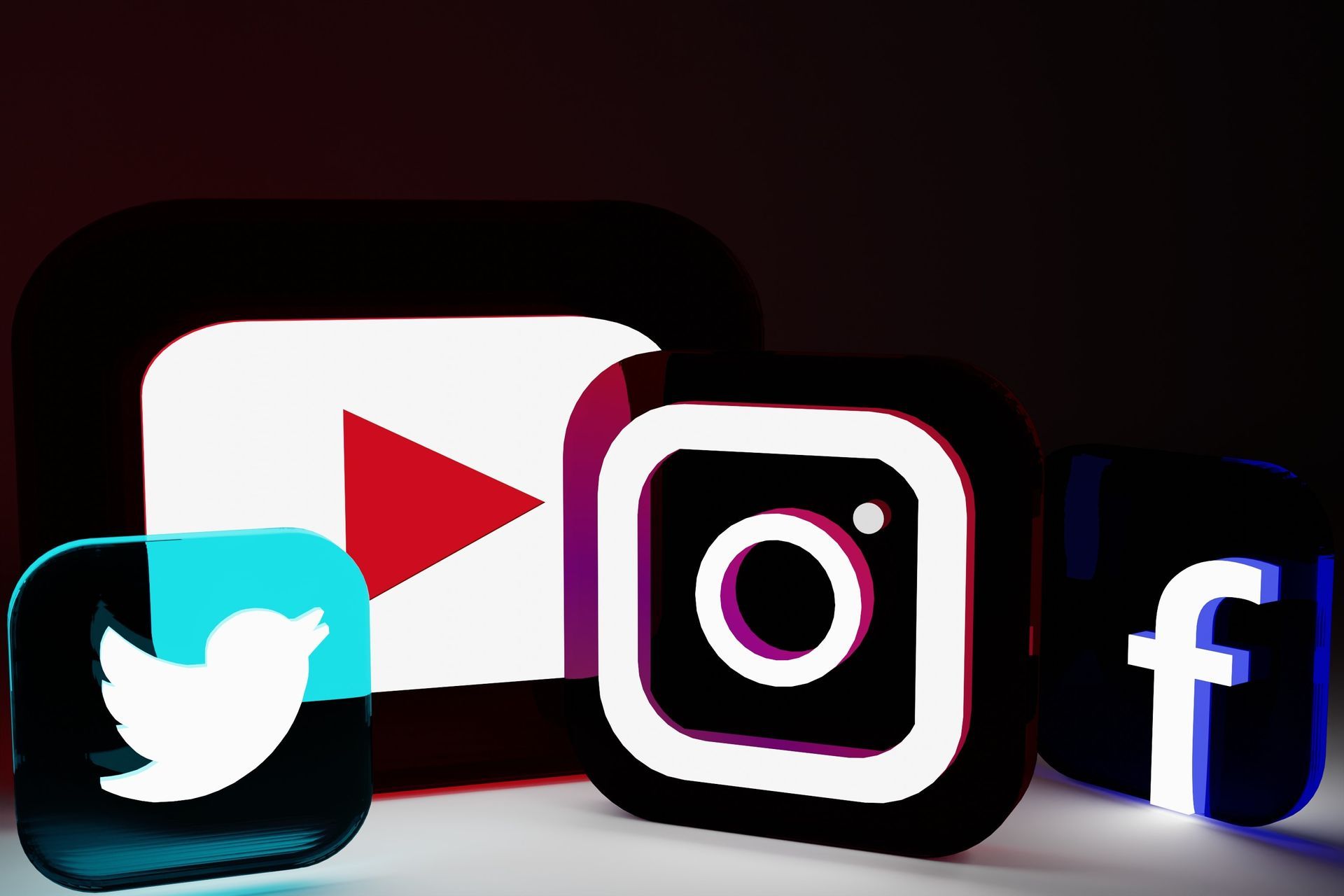Creating an in-life contact strategy to retain customers
Implementing a successful in-life customer contact strategy
Are you selling a product or a service? Generally, services would invite more frequent communication intervals due to the often repetitive nature of this type of sale. However, ask yourself if what you are intending to send out would be of genuine interest to your customers? Segmenting your customers based on what they’ve bought will enable you to tailor your in-life messages much more effectively and stand a better chance of engagement, whether that’s through email opens or social shares for example.
Does your product or service have a determined life-span? Make sure you keep in mind what the customer has purchased. It’s no use selling them a new TV and then 2 months later sending them an email about the latest model. This gives the impression that you don’t know them and their needs; better off sending them details about some complementary products or a content article about how to get the best out of different smart TV packages for example. Your TV customer will probably be looking to replace their TV in 3-5 years’ time, so make sure that you stay in touch during this lifespan period with topical content that is not overtly salesy and then send them offers on new TVs when they are likely to be considering upgrading.
Is your product or service contractual? If you have a contractual period, your end-goal is getting a renewal at the expiration point. Therefore, it’s imperative that you keep your brand front of mind during the complete cycle. Get a routine going of sending monthly newsletters filled with relevant content (again, not to salesy – perhaps include one upsell opportunity if appropriate). In addition, send periodical service check-ins to invite reviews or adaptations to a contract to reflect possible changing needs.
Do you need to share service updates? A marketing function will often be the go-to for sending out other updates that a customer needs to be aware of. For example, if you sell cars you may need to issue reminders about when services or due; a broadband provider may need to inform customers of a service outage. Mixing in these types of communication with product and service promotions and content is key to keeping your customers engaged on a need to know and interest basis.
Email lists
It’s important that you have an up to date customer list to use for each send. Have you added in your newest customers? Depending on your business systems this may be a manual or automated process. Make sure you manage any unsubscribes so you are only sending emails to customers who have given their permission to be contacted.
Profiling
Pull as much profiling information relevant to their purchase history from your customer database as possible into your email list to allow you maximum flexibility with personalised content. For example, if you are sending a contract renewal notice it would be helpful to pull the renewal date from your database using email software merge fields so you can give the customer the right info without creating time-consuming individual emails.
Many business are so focused on new customer acquisition, that very often the existing customer base can get overlooked when it comes to a company’s marketing efforts.
Marketing is more than acquisition: it’s a balance of attracting new business and also retaining existing customers. Remember, it’s much easier and more cost effective to sell to existing customers than it is to acquire new ones. With that in mind, you should make sure that you dedicate a good proportion of your marketing resource on establishing a robust in-life comms strategy.
Where to start?
A good place to start is your welcome email. Not all businesses do this, but it’s a vital starting point for your in-life comms. Generally, these can be personalised and automated using CRM and email software to save you time. This is your first opportunity to provide a good foundation and set expectations.
1. Keep your branding elements consistent with the materials you’ve used and shared during the sales process
2. Include details if any service level agreements (SLAs) that you’ve promised as part of the sale, including clear instructions on who to contact if the customer as a query or an issue.
3. Provide a summary of what the customer has purchased a long with any links to product/service guides or an FAQ page on your website
Getting the right frequency
“How often should I contact my existing customer base?” I hear you ask. Before you can answer that question, you need to establish a few facts:
Are you selling to businesses or consumers? This will influence what channel you use, tone of voice and what times you communicate. Business customers are more likely to respond to emails Monday-Friday 9-5 so it’s no use scheduling them for 3pm on a Saturday for example. However, if you are selling products to consumers, catch them when they’re having some downtime browsing on their phone by putting out some social posts on a weekday evenings or weekends.
Are you selling a product or a service? Generally, services would invite more frequent communication intervals due to the often repetitive nature of this type of sale. However, ask yourself if what you are intending to send out would be of genuine interest to your customers? Segmenting your customers based on what they’ve bought will enable you to tailor your in-life messages much more effectively and stand a better chance of engagement, whether that’s through email opens or social shares for example.
Does your product or service have a determined life-span? Make sure you keep in mind what the customer has purchased. It’s no use selling them a new TV and then 2 months later sending them an email about the latest model. This gives the impression that you don’t know them and their needs; better off sending them details about some complementary products or a content article about how to get the best out of different smart TV packages for example. Your TV customer will probably be looking to replace their TV in 3-5 years’ time, so make sure that you stay in touch during this lifespan period with topical content that is not overtly salesy and then send them offers on new TVs when they are likely to be considering upgrading.
Is your product or service contractual? If you have a contractual period, your end-goal is getting a renewal at the expiration point. Therefore, it’s imperative that you keep your brand front of mind during the complete cycle. Get a routine going of sending monthly newsletters filled with relevant content (again, not to salesy – perhaps include one upsell opportunity if appropriate). In addition, send periodical service check-ins to invite reviews or adaptations to a contract to reflect possible changing needs.
Do you need to share service updates? A marketing function will often be the go-to for sending out other updates that a customer needs to be aware of. For example, if you sell cars you may need to issue reminders about when services or due; a broadband provider may need to inform customers of a service outage. Mixing in these types of communication with product and service promotions and content is key to keeping your customers engaged on a need to know and interest basis.
Can you offer additional advice to help your customers get better value out of their previous purchases? If you’re anything like me, I am all up for receiving helpful advice on how to get more out of what I’ve got. Invite your customers to share their ideas and scenarios where they use your product or service. User-generated content will increase your credibility and provide more of a community feel around your brand.
Are there other sources of content that would complement your product or service that your customer would find interesting and relevant? Don’t feel that you need to come up with new, original content every time. Sharing news or content from other sources is also a good way of adding to your content library. As long as you credit the source and the brand is a healthy, relevant brand association for you then there’s no reason not to use it.
Managing your contacts
It’s all very well creating a fantastic model and coming up with some valuable content, but if the wrong people are on the receiving end, all that hard work will be for nothing.
It’s all very well creating a fantastic model and coming up with some valuable content, but if the wrong people are on the receiving end, all that hard work will be for nothing.
Email lists
It’s important that you have an up to date customer list to use for each send. Have you added in your newest customers? Depending on your business systems this may be a manual or automated process. Make sure you manage any unsubscribes so you are only sending emails to customers who have given their permission to be contacted.
Personalisation
Try to keep your data in a uniform format with customer first and last names (and business name of in B2B) so you can properly address your communications. Personalised content tends to generate a much higher engagement rate and also allows you to use other customer data to add in information such as sales value, renewal dates.
Profiling
Pull as much profiling information relevant to their purchase history from your customer database as possible into your email list to allow you maximum flexibility with personalised content. For example, if you are sending a contract renewal notice it would be helpful to pull the renewal date from your database using email software merge fields so you can give the customer the right info without creating time-consuming individual emails.
I hope that’s given you a bit of a guide on how to formulate a good in-life contact strategy. If you’d like any extra advice please contact me
for a consultation.












